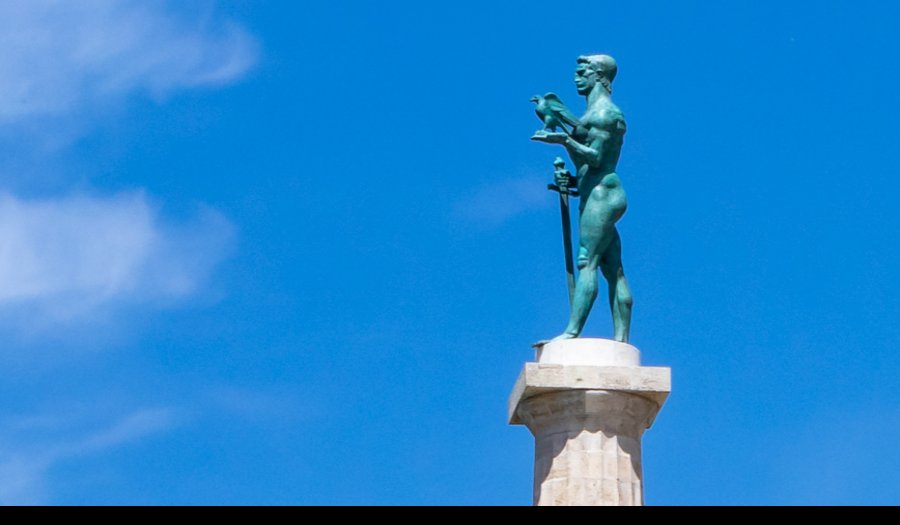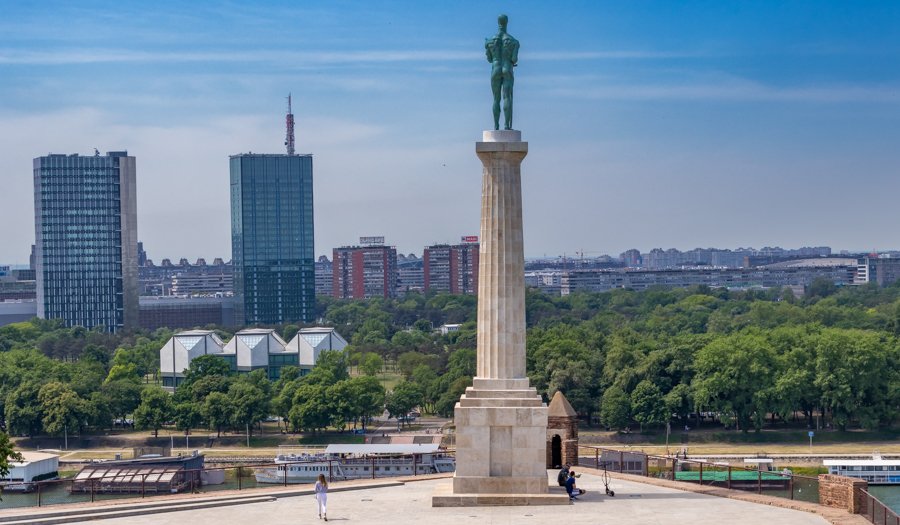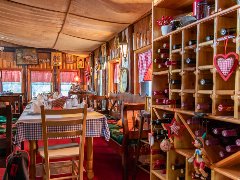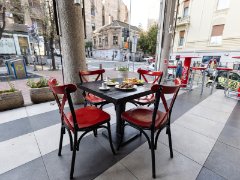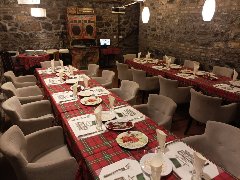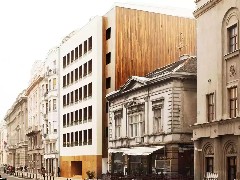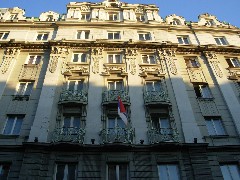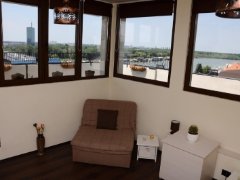Built in 1912 by the Belgrade municipality in honor of the victory of the Serbian Army against Ottoman and Austro-Hungarian Empires in the First Balkan War. The Victor was designed by distinguished sculptor Ivan Mestrovic. Originally, it was meant to be a part of Terazije Fountain, however, after World War I, the design was abandoned as the pubic opposed the sculpture of a nude male to be displayed in the city centre. Intellectuals of high reputation stood up in defense of Mestrovic work stating that it marked the beginning of the fight “against moral and hipocrisy and in favor of the art”, so the municipality of Belgrade decided to move The Victor to Kalemegdan Fortress, still insisting that it’s nude front should face the marshy area across the Sava River.
The place where the monument stays today was the location of the palace of Despot Stefan Lazarevic - the ruler of Serbia from 1402 - 1427. As a very intelligent person who loved science and art, he formed a rich library collection and turned Belgrade into a true Rennaissance town. His palace was destroyed in the late 17th century in a gunpowder magazine explosion.
Built in 1912 by the Belgrade municipality in honor of the victory of the Serbian Army against Ottoman and Austro-Hungarian Empires in the First Balkan War. The Victor was designed by distinguished sculptor Ivan Mestrovic. Originally, it was meant to be a part of Terazije Fountain, however, after World War I, the design was abandoned as the pubic opposed the sculpture of a nude male to be displayed in the city centre. Intellectuals of high reputation stood up in defense of Mestrovic work stating that it marked the beginning of the fight “against moral and hipocrisy and in favor of the art”, so the municipality of Belgrade decided to move The Victor to Kalemegdan Fortress, still insisting that it’s nude front should face the marshy area across the Sava River.
The place where the monument stays today was the location of the palace of Despot Stefan Lazarevic - the ruler of Serbia from 1402 - 1427. As a very intelligent person who loved science and art, he formed a rich library collection and turned Belgrade into a true Rennaissance town. His palace was destroyed in the late 17th century in a gunpowder magazine explosion.
